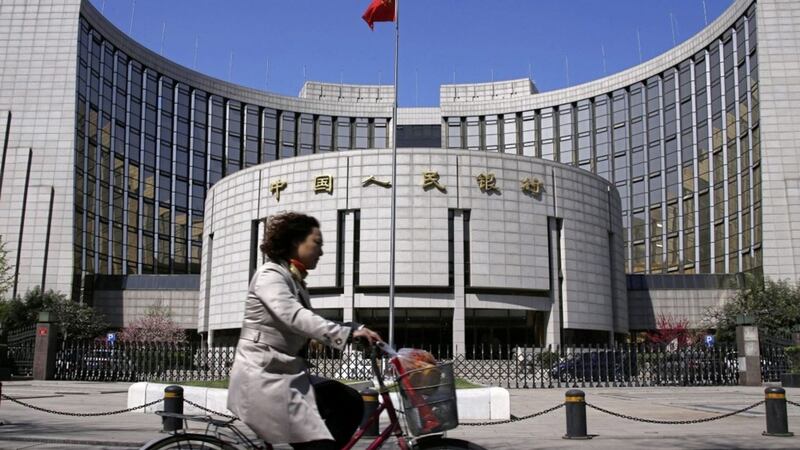WORRIES of a Chinese growth slowdown are building after a healthy economic start in quarter one. Manufacturing surveys have moderated, after previously having risen in tandem with other business confidence indicators across the world. Meanwhile, the Chinese yield curve has recently inverted, which some market commentators see as a sign of an impending recession. But there is more to this than meets the eye.
The yield curve is a graph of interest rates across differing maturities. Most of the time, long-term rates should be higher than short-term rates, since longer maturity debt is inherently riskier, leading investors to demand a higher yield to compensate for that uncertainty.
However, there are periods where short-term rates do rise above longer-term ones, as investors price in a slower pace of growth and inflation in the future. For the US in particular, an inverting yield curve has been a particularly accurate predictor of an economic downturn, with a sustained inversion having preceded every recession since the 1970s.
However, one needs to be careful about drawing similar conclusions about China. Firstly, the central government bond market remains relatively small, accounting only for a third of the total market, and only a third of the government bonds have a longer maturity than 10 years. The remainder of the market is overwhelmingly short term. Coupled with the relative immaturity of the Chinese bond market, this makes it difficult to draw any strong comparisons to developed economies, as reflected by the fact that China’s yield curve has inverted in the past without an ensuing downturn.
Since last year, the authorities have been signalling the need for a tighter pace of monetary policy, in order to reduce financial leverage and curb systemic risks within its banking system. Indeed, the healthy pace of economic activity in Q1 has provided the opportunity to do so, with authorities placing emphasis on the banking system’s off-balance sheet lending and their holdings of Wealth Management Products (WMPs).
As such, the People’s Bank of China (PBoC) has been tightening short-term liquidity in the financial markets in an effort to crack down on banks that are over-reliant on short-term interbank funding to roll over maturing WMPs. This has led to a spike in the short end of the yield curve, hence the inversion we are currently witnessing.
While the PBoC’s recent actions have led to a painful spike in funding costs for the banks, such measures are ultimately necessary. With both interdependencies among financial institutions and leverage higher than ever, a systemic financial crisis – although a low probability event – is still one of the biggest tail risks facing the Chinese economy today. Non-financial debt in China has increased from roughly $3 trillion at the end of 2005 to nearly $22 trillion, while banking system assets have increased six-fold over the same period to over 300 percent of GDP.
Historically, such a rapid build-up in credit has tended to be followed by a financial crisis or extended periods of below-trend economic growth. If China is to escape the same fate, it is imperative to rein in excessive financial leverage, and the pain arising from currently rising rates will no doubt be helpful on this front. The stakes are high, as the authorities struggle to find a balance between reforming the economy, while maintaining a decent pace of growth.
Despite the short-term pain, it is unlikely that the spike in interbank funding costs will cause any lasting damage. After all, if the PBoC can drain liquidity at will, it can easily do the opposite if it realises that the economy is being squeezed too hard. Moreover, the wider economy still seems fine, with both the services and consumer sectors standing out as particularly bright spots.
An economic downturn still seems unlikely to us at this point in time. Rather than heralding a recession, the inverting yield curve is probably a signal that authorities are finally embarking on a long overdue shake-out of the financial system.
:: Jonathan Dobbin (jonathan.dobbin@barclays.com) is head of wealth and investment management NI at Barclays. He can be contacted on 028 9088 2925.







